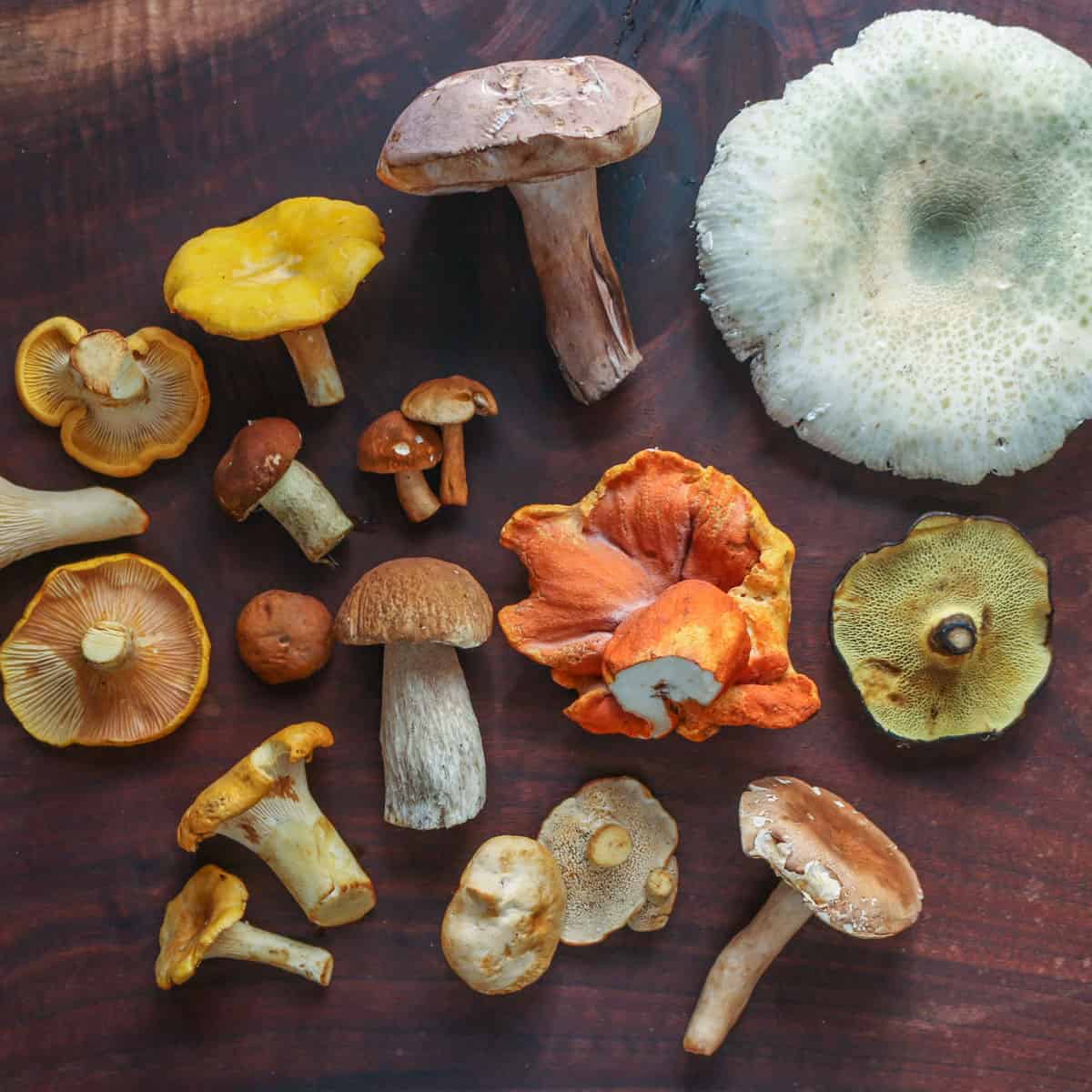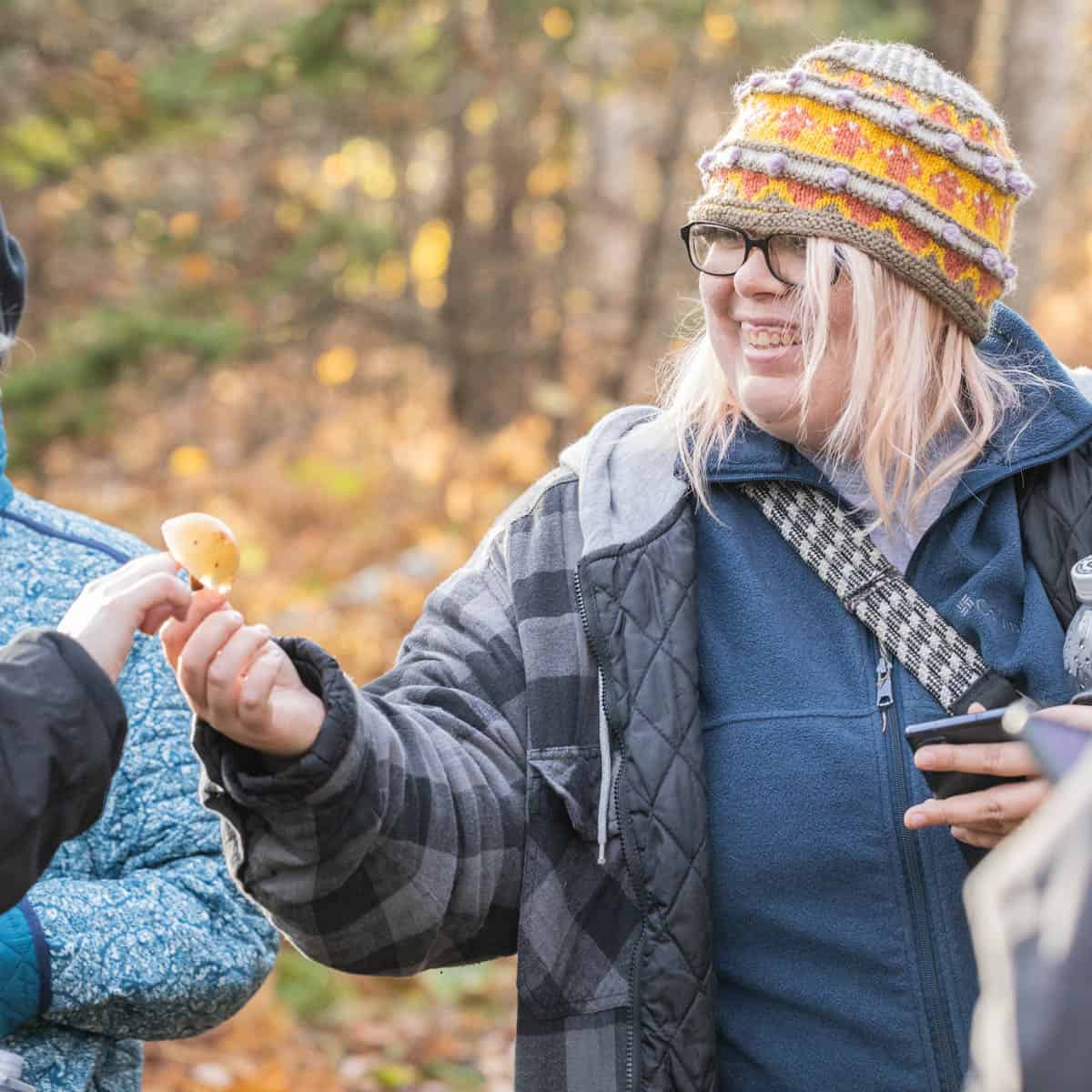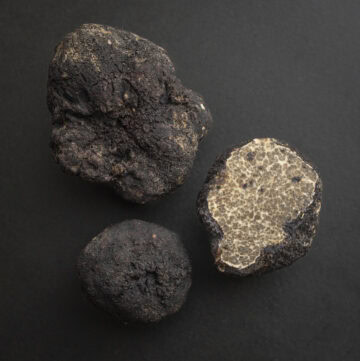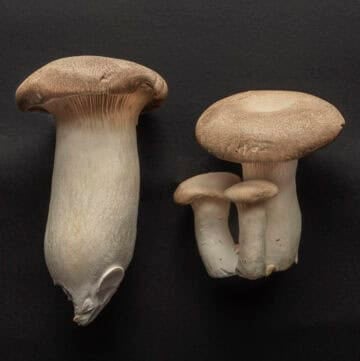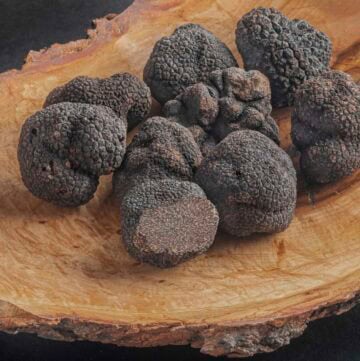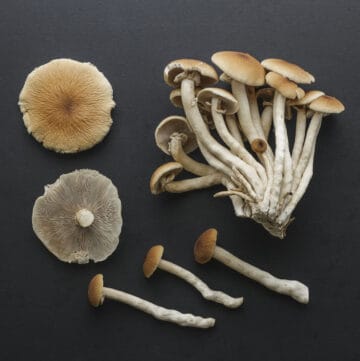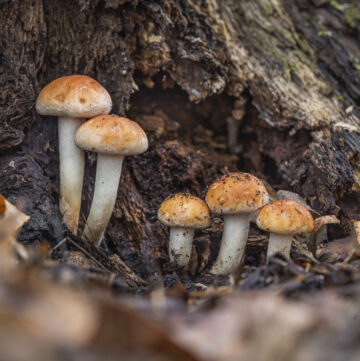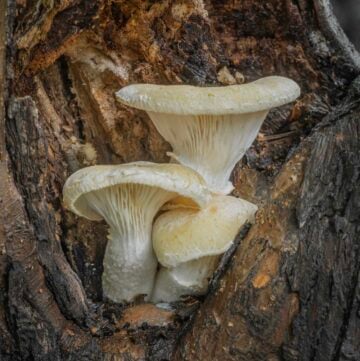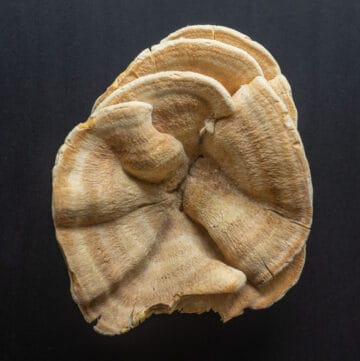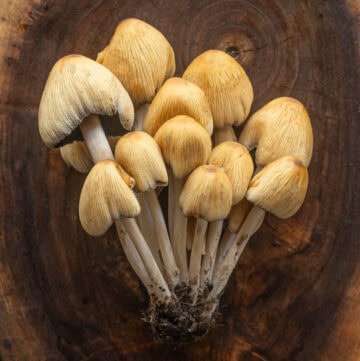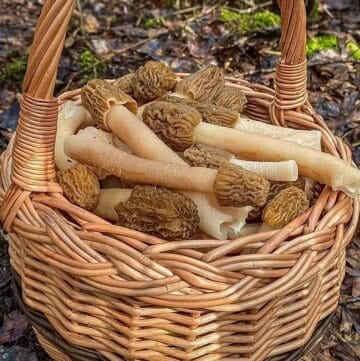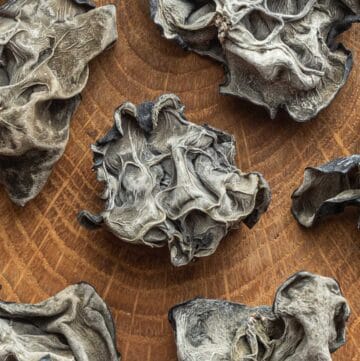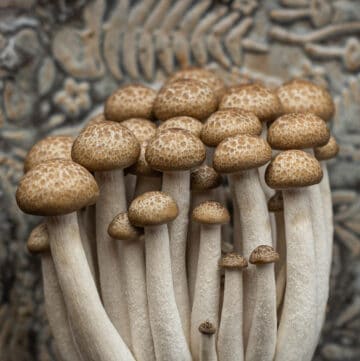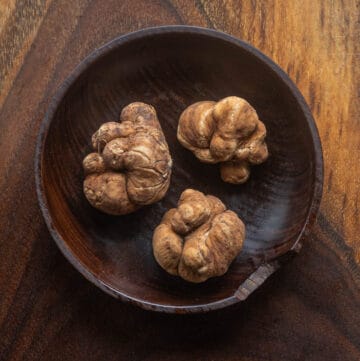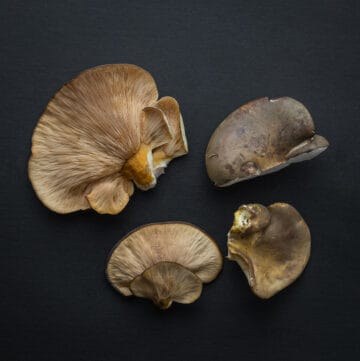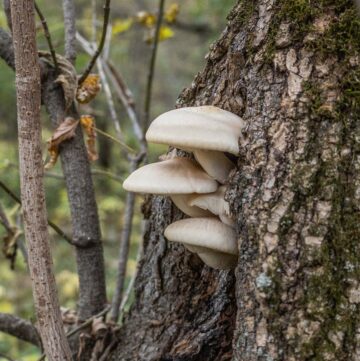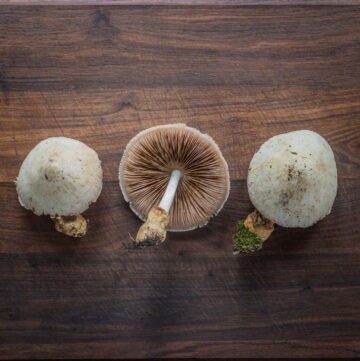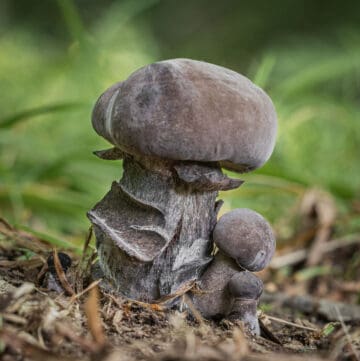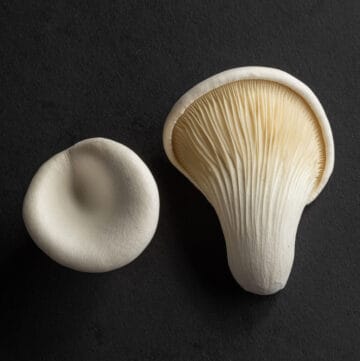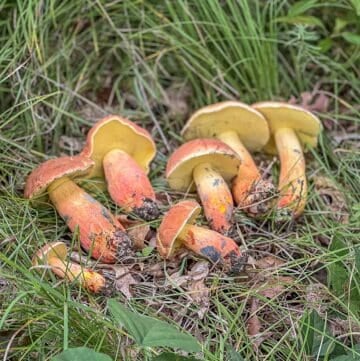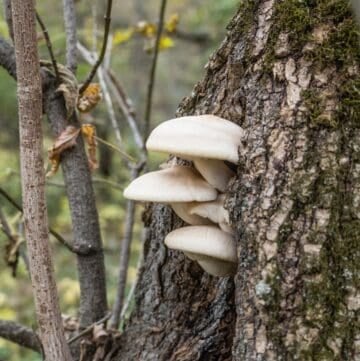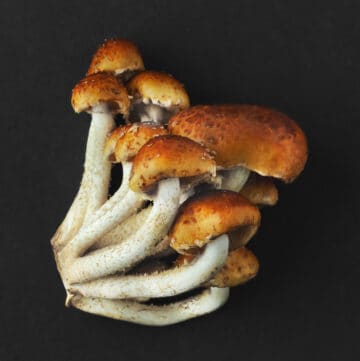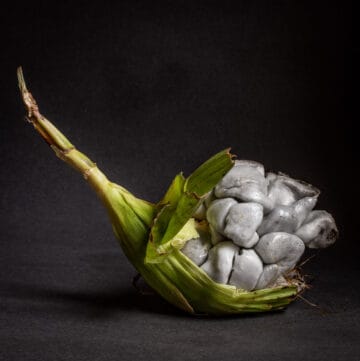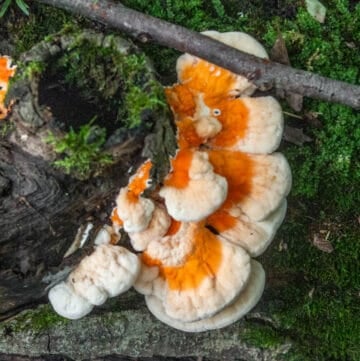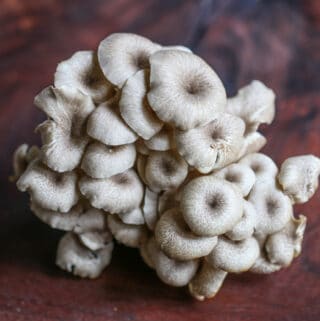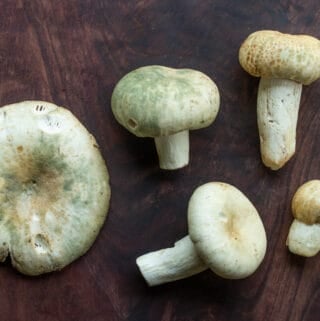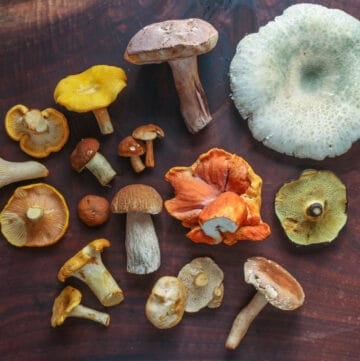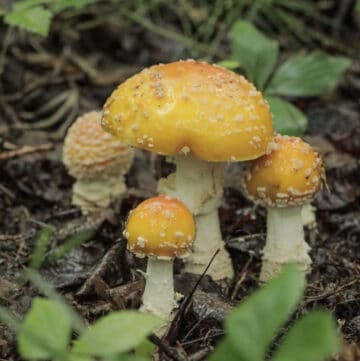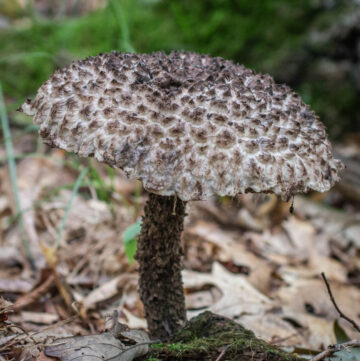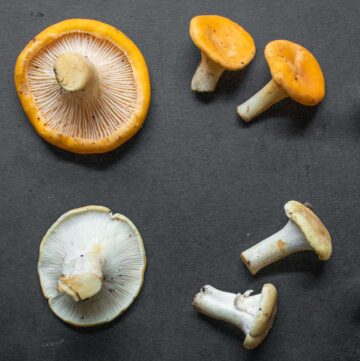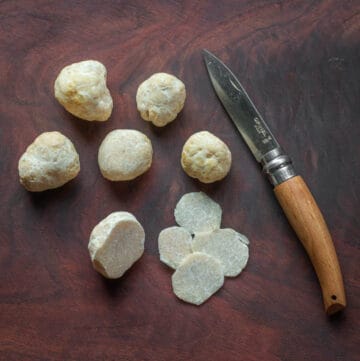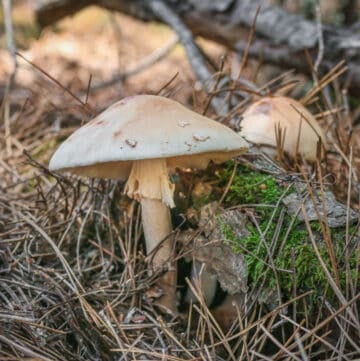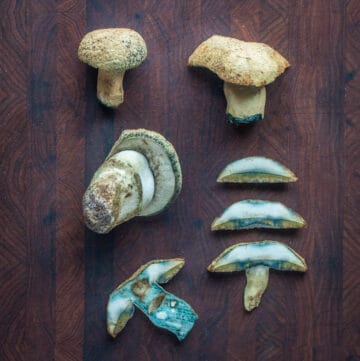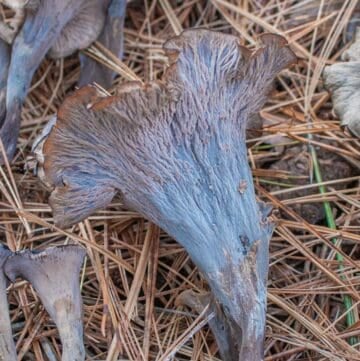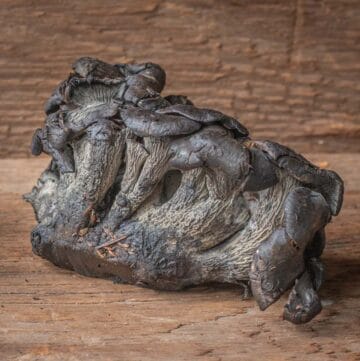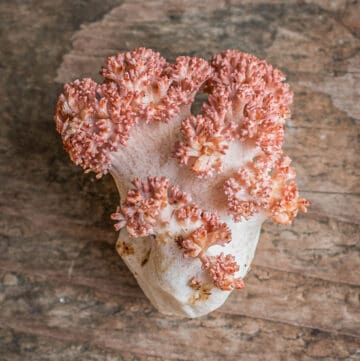Edible Wild Mushrooms
About
Foraging for edible wild mushrooms can seem intimidating, but it's also exciting and rewarding. Before you eat any, it's important to be comfortable with your local varieties and know exactly what you're eating.
On this page you'll find posts on specific varieties, with wild mushrooms identification pictures as well as tips on harvesting, cleaning, storing, cooking and recipes for many different types that are safe to eat.
Helpful Links
| Permethrin: Preventing Lyme Disease | Can you Eat Wild Mushrooms Raw? | How to Spore Print a Wild Mushroom | The Best Mushroom Knives | My Best Tips for Successful Mushroom Hunting
How to Learn
One of the most common questions I get is how people can teach themselves to identify and cook different mushrooms confidently.
I've designed this website to be one tool out of a few you might use to help you feel comfortable and confident in your ID's.
In Person (The Best)
Learning in the field from an expert is the fastest, and safest way to learn wild mushrooms.
Here's some quick recommendations :
- Finding a local foraging guide and paying for a guided foray or identification class.
- Joining your local mycological society and attending forays.
- Joining Mushroom Facebook groups focused on your area. For example: Wild Food Wisconsin or Foraging Minnesota.
Field Guides
Like this website, field guides can show you images and descriptions of different mushrooms to help with identification.
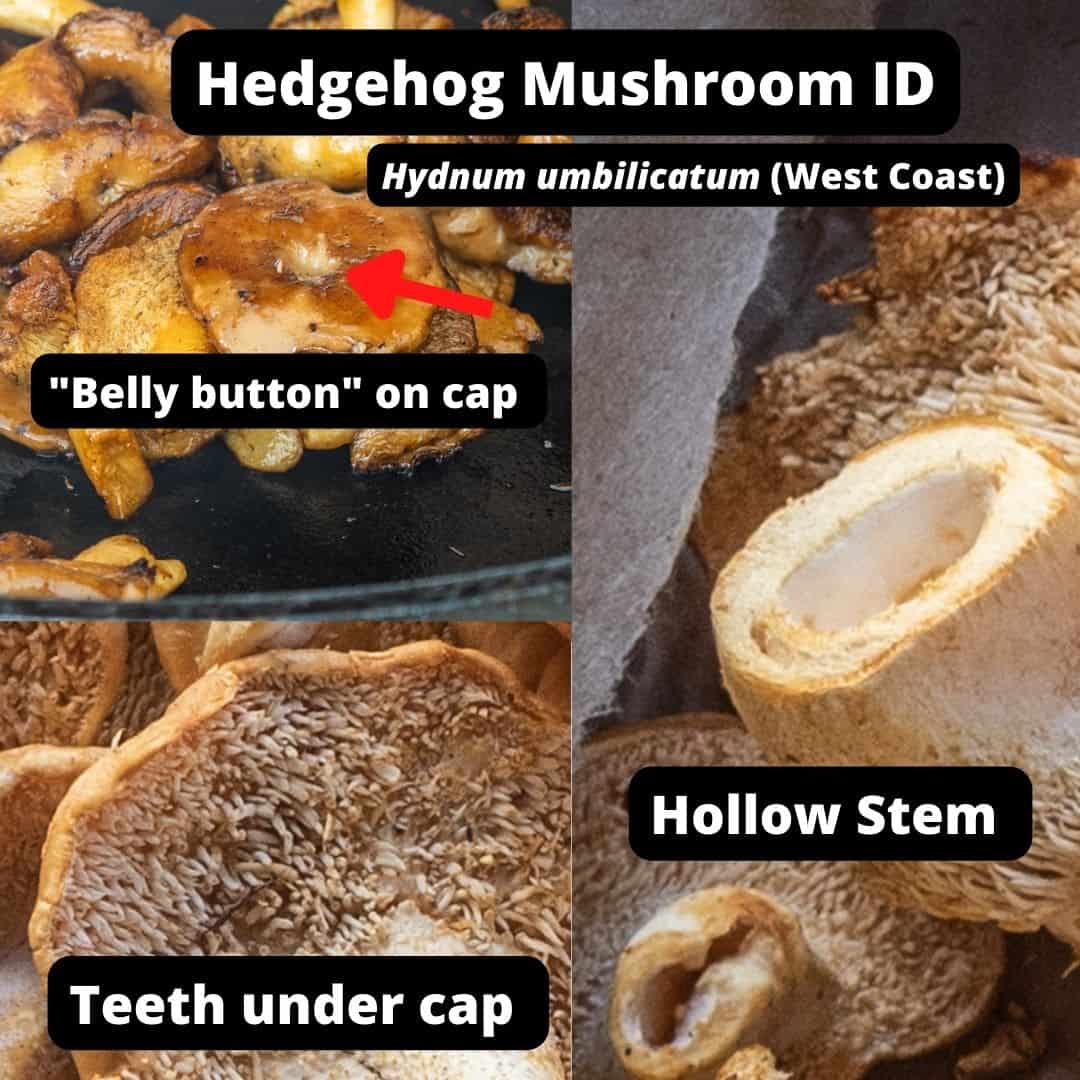
Occasionally I include graphics like this to help with key characteristics.
Often times the pictures are limited, but guides don't require internet service and are an important tool in your kit. Here's some of my favorites.
Mushrooms Demystified by David Arora
100 Edible Mushrooms by Michael Kuo
If you want to jump to a list of what I think are the best wild mushrooms to eat, check out 35 Essential Wild Mushrooms Everyone Should Know. Or see my list of the Top 10 Underrated Wisconsin and Minnesota Mushrooms.
-
Oregon Black Truffles (Leucangium carthusianum)
-
The Elephant Ear Mushroom: Gyromitra brunnea
-
King Trumpet Mushroom / King Oyster (Pleurotus eryngii)
-
Winter Black Truffles: Varieties, Purchasing and Cooking
-
Black Poplar or Velvet Pioppino Mushroom
-
Brick Cap Mushroom or Brick Top (Hypholoma sublateritium)
-
The Veiled Oyster Mushroom (Pleurotus dryinus / levis)
-
Foraging and Cooking Berkeley's Polypore (Bondarzewia berkeleyi)
-
The Mica Cap Mushroom (Coprinellus micaceus)
-
Verpa bohemica: An Edible "Early Morel"
-
Kikurage / Wood Ear Mushroom
-
Beech Mushrooms
-
Pecan Truffles (Tuber lyonii)
-
Late Fall Oyster Mushrooms: Sarcomyxa serotina
-
Foraging Elm Oyster Mushrooms (Hypsizygus ulmarius)
-
The Silky Rosegill: Volvariella bombycina
-
Black Velvet Boletes (Tylopilus alboater)
-
Abalone Mushrooms
-
10 Underrated Wisconsin and Minnesota Mushrooms
-
Common Mushrooms That Grow on Trees
-
Train Wrecker Mushroom: Neolentinus lepideus
-
Chestnut Mushroom
-
A Guide to Huitlacoche (Corn Mushrooms)
-
White Chicken Mushrooms
-
Umbrella Polypore (Polyporus umbellatus)
-
Golden Oyster Mushrooms
-
Quilted Green Russulas: Russula virescens
-
35 Essential Wild Mushrooms Every Forager Should Know
-
Amanita Muscaria: A Poisonous, Hallucinogenic, Edible Mushroom
-
Giant Shaggy Parasols
-
Old Man of the Woods
-
Albino Mushrooms
-
Honey Truffles
-
The Blusher: Amanita amerirubescens
-
The Black Staining Polypore
-
Cornflower Bolete
-
Cerulean Black Trumpets
-
Chrome-Footed Bolete (Harrya chromapes)
-
The Blue Chanterelle: Polyozellus multiplex
-
Pink-Tipped Coral Mushrooms (Ramaria botrytis)

